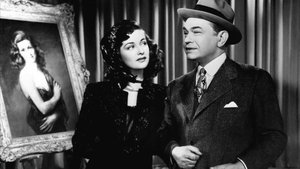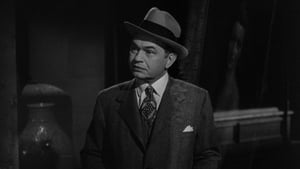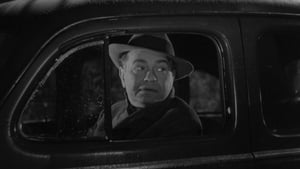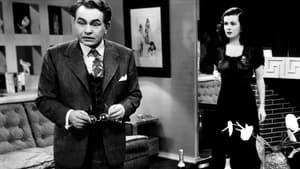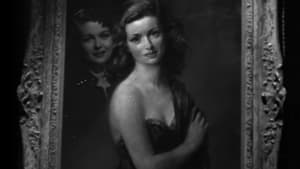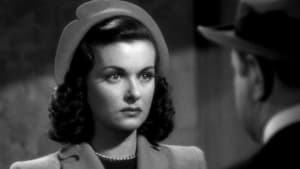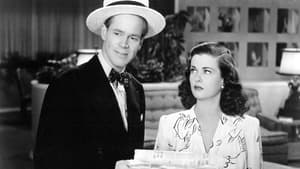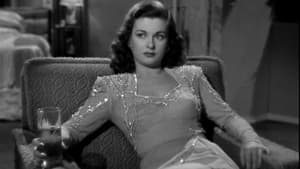Video Sources 0 Views
- Watch trailer
- The Woman in the Window 1944 Colorized

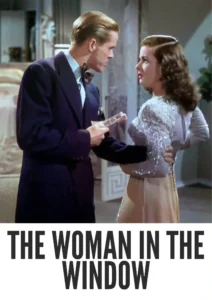
Synopsis
Table of Contents
Toggle
Step into a world of dark desires and dangerous secrets with The Woman in the Window, a gripping psychological thriller from 1944, now brilliantly colorized to amplify its haunting beauty. Starring Edward G. Robinson and Joan Bennett, and directed by Fritz Lang, this film noir masterpiece explores the dark side of human nature and the consequences of succumbing to temptation. Perfect for fans of classic cinema and suspenseful storytelling, this HD download offers a visually stunning and emotionally charged viewing experience. Some sources mention that the title was considered to be Once Off Guard
The Woman in the Window centers on Professor Richard Wanley (Edward G. Robinson), a middle-aged psychology professor whose life takes a dramatic turn during a summer heatwave. While his wife and children are away on vacation, Richard finds himself alone in New York City. One evening, while admiring a striking portrait of a woman in an art gallery window, he meets the model herself, Alice Reed (Joan Bennett).Drawn into a web of desire and intrigue, Richard accepts Alice’s invitation to her apartment. However, their encounter takes a deadly turn when Alice’s jealous boyfriend arrives and attacks Richard. In self-defense, Richard kills the boyfriend, leaving him and Alice to deal with the grim aftermath. Desperate to avoid scandal and protect his reputation, Richard and Alice attempt to cover up the crime, leading them into a dangerous game of deception and paranoia. As the police investigate the murder, Richard finds himself increasingly entangled in a web of lies, with his carefully constructed life teetering on the brink of collapse. The Woman in the Window is a suspenseful and thought-provoking exploration of morality, desire, and the dark consequences of a single impulsive act.
The film boasts a stellar cast of actors who bring this gripping story to life:
- Edward G. Robinson as Professor Richard Wanley
- Joan Bennett as Alice Reed
- Raymond Massey as District Attorney Frank Lalor
- Edmond Breon as Dr. Michael Barkstone
- Dan Duryea as Heidt/Tim
The Woman in the Window is a quintessential film noir, characterized by its dark themes, atmospheric cinematography, and morally ambiguous characters. It blends elements of suspense, crime, and psychological thriller to create a captivating and unsettling cinematic experience.
Released in 1944, The Woman in the Window reflects the anxieties and uncertainties of post-war America. The film’s themes of moral decay, urban alienation, and the fragility of social order resonated with audiences grappling with the aftermath of World War II. As a key example of film noir, The Woman in the Window helped define the genre’s visual style and thematic concerns, influencing countless films that followed.
This colorized version of The Woman in the Window has been meticulously restored using state-of-the-art digital techniques, enriching the visual experience while preserving the film’s original atmosphere of suspense and intrigue. The colorization process involved carefully analyzing the grayscale tones of the original black and white footage and assigning appropriate colors to each scene, enhancing the richness and depth of the visuals. This painstaking process brings new life to the characters and settings, making the story even more engaging for modern audiences. While debates about colorizing classic films persist, it introduces these films to a broader audience, ensuring their legacy for future generations.
- : Fritz Lang
- : Nunnally Johnson (based on the novel Once Off Guard by J. H. Wallis)
- : Milton R. Krasner
- : Marjorie Johnson and Gene Fowler Jr.
- : International Pictures
- : RKO Radio Pictures
- : 99 minutes
- : MP4
- : HD (1080p)
- : Compatible with most devices, including smartphones, tablets, computers, and smart TVs.
The Woman in the Window (1944) is widely regarded as a classic of the film noir genre, praised for its suspenseful plot, strong performances, and atmospheric direction. The film’s exploration of morality and the dark side of human nature continues to resonate with audiences today, cementing its place in cinematic history.
- : What is The Woman in the Window about?
- A: The Woman in the Window is a film noir about a professor who becomes entangled in a web of murder and deception after meeting a mysterious woman.
- : Is The Woman in the Window (1944) considered a classic film?
- A: Yes, The Woman in the Window is widely regarded as a classic of the film noir genre.
- : Is this version of The Woman in the Window colorized?
- A: Yes, this version has been professionally colorized to enhance the viewing experience.
- : What makes The Woman in the Window interesting for film noir fans?
- A: The Woman in the Window offers a compelling example of the genre’s visual style and thematic concerns, with its dark atmosphere, morally ambiguous characters, and suspenseful plot.
- : What is the download format?
- A: The download format is MP4, which is compatible with most devices.
- : What resolution is the download?
- A: The resolution is HD (1080p), providing a high-quality viewing experience.
Watch The Woman in the Window Today!
